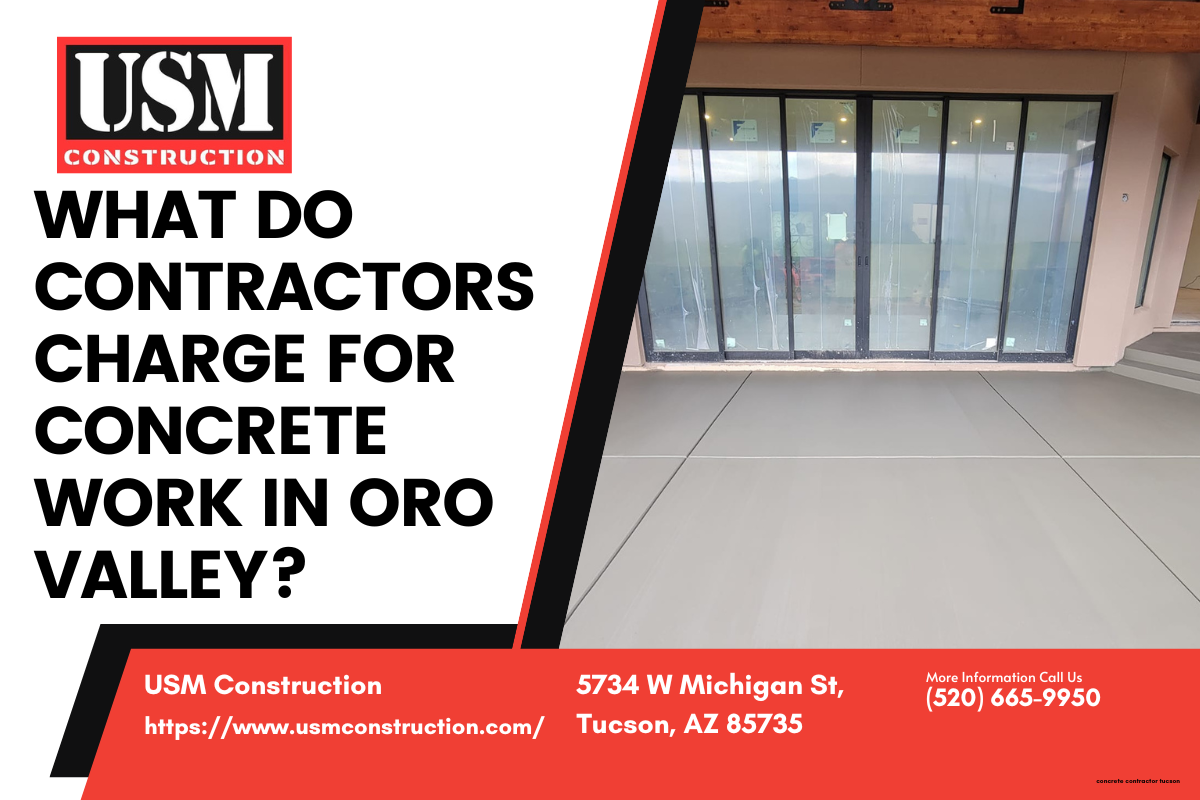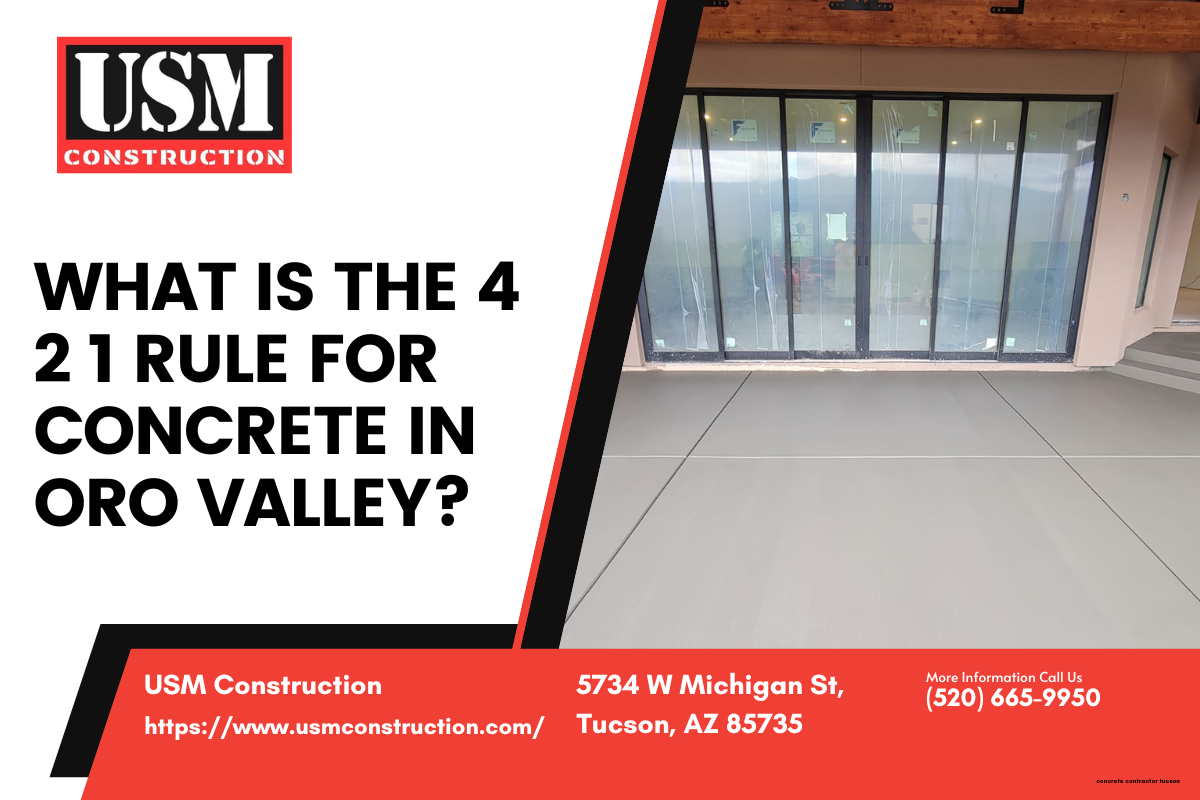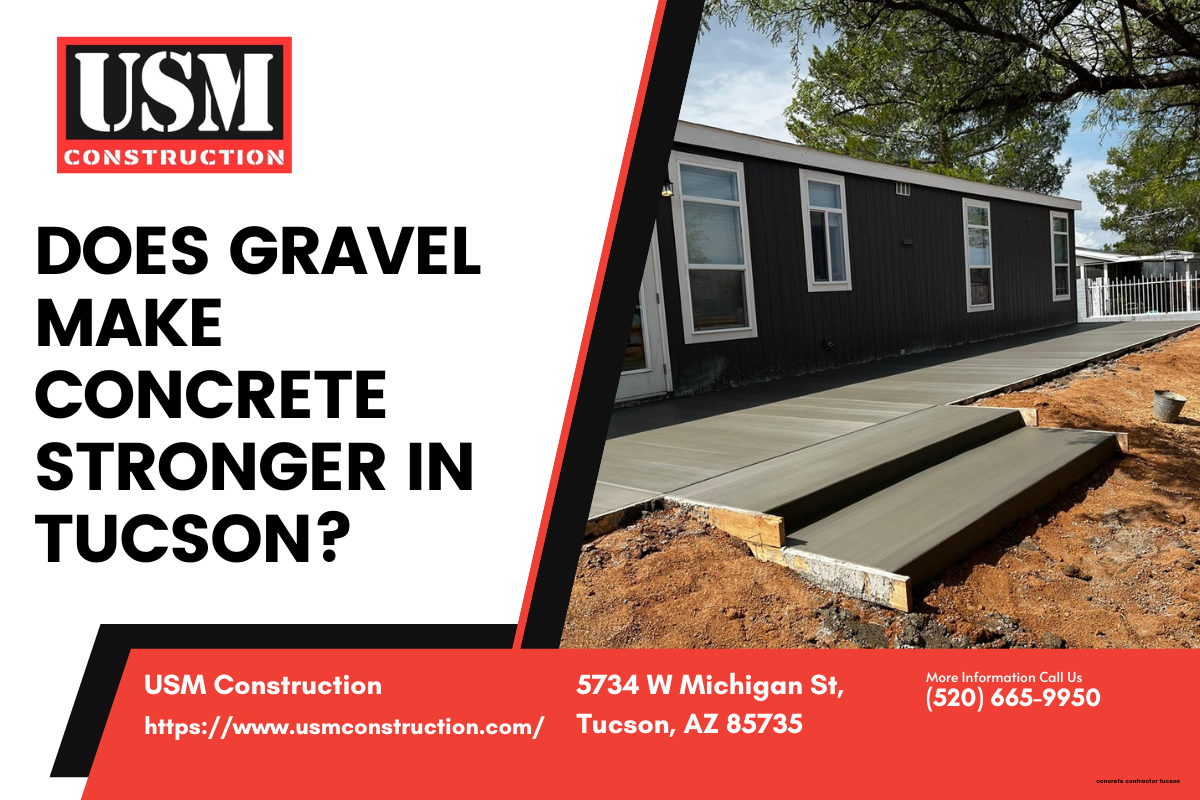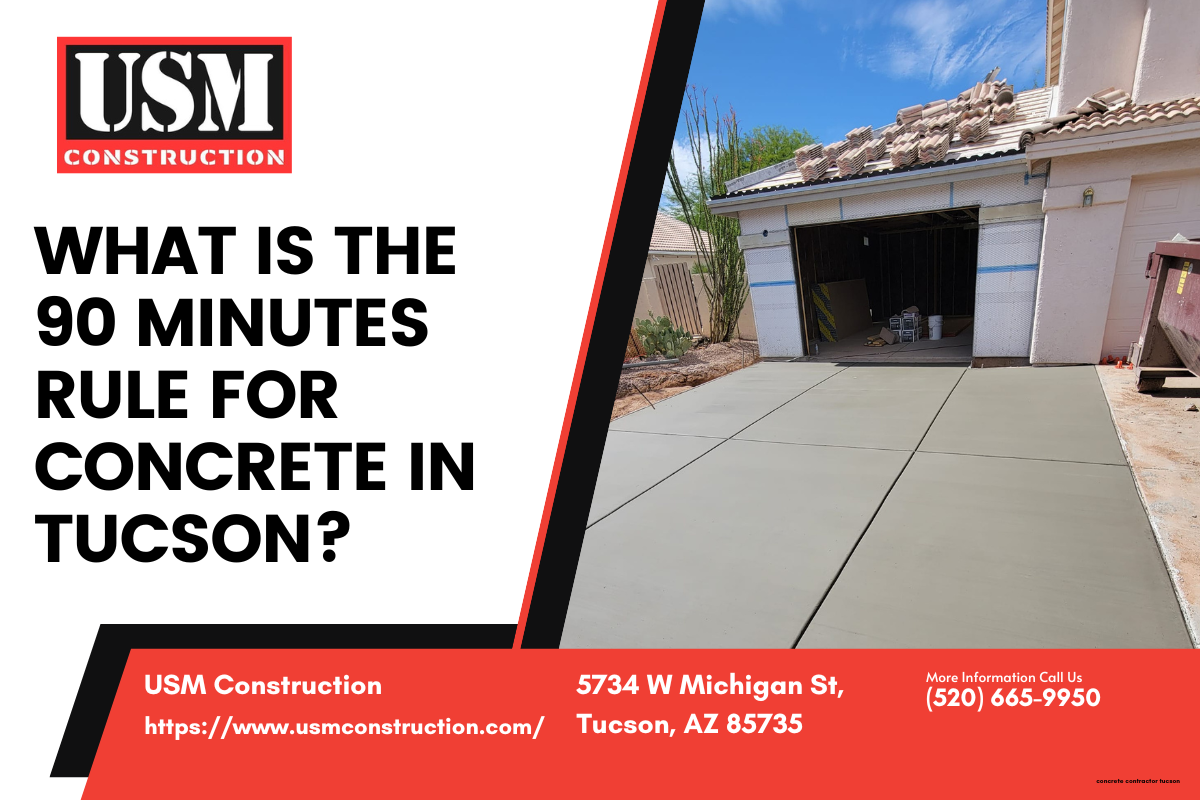TABLE OF CONTENTS
Pouring a concrete foundation is a critical step in any construction project, and at USM Construction, we ensure the highest quality and precision in every foundation we pour. Whether you're building a home, a commercial building, or a shop pad, understanding the steps involved in pouring a concrete foundation helps you appreciate the importance of hiring experienced professionals like us.
Site Preparation
Surveying and Planning
The first step in pouring a concrete foundation is thorough site preparation. This involves surveying the land to determine the exact placement of the foundation. Our team at USM Construction uses advanced surveying equipment to ensure accurate measurements and alignment with the project’s design plans.
Clearing and Excavation
Once the site is surveyed, the area needs to be cleared of any vegetation, debris, or obstacles. Excavation follows, where we dig out the area to the required depth, typically determined by the foundation type and local building codes. Proper excavation is crucial for creating a stable base for the foundation.
Building the Formwork
Installing the Forms
Formwork is essential for shaping the concrete foundation. We use sturdy wooden or metal forms to outline the foundation's perimeter and hold the concrete in place while it sets. At USM Construction, our experts ensure that the forms are securely anchored and precisely aligned to prevent any shifting during the pour.
Adding Reinforcement
Reinforcement is necessary to strengthen the concrete and prevent cracking over time. Steel rebar or mesh is placed within the forms according to the engineering specifications. This reinforcement distributes the load and adds durability to the foundation, especially in areas prone to ground movement or heavy loads.
Pouring the Concrete
Mixing the Concrete
The quality of the concrete mix directly impacts the strength and longevity of the foundation. Our team at USM Construction uses a high-quality concrete mix, tailored to the specific needs of your project. The mix is carefully measured to achieve the right consistency, ensuring it flows smoothly into the forms without compromising strength.
Pouring the Concrete
Pouring the concrete is a meticulous process that requires attention to detail. The concrete is poured into the forms in layers, starting from the lowest point and working upwards. Our crew ensures that the concrete is evenly distributed and properly compacted to eliminate air pockets, which could weaken the foundation.
Screeding and Leveling
After pouring, the concrete must be leveled and smoothed. Screeding involves dragging a straightedge across the surface to remove excess concrete and create a flat, even surface. Our experienced team performs screeding with precision, ensuring that the foundation is perfectly level and ready for the next steps.
Curing the Concrete
Initial Curing
Curing is a crucial step that allows the concrete to reach its full strength. Immediately after pouring, the concrete begins to set, and it must be kept moist to prevent cracks. At USM Construction, we use techniques such as covering the concrete with wet burlap or plastic sheeting to retain moisture during the initial curing phase.
Long-Term Curing
Concrete gains strength over time, and proper curing can take several days or even weeks, depending on the weather conditions and the specific mix used. Our team monitors the curing process to ensure the foundation reaches the desired strength before proceeding with any additional construction.
Removing the Formwork
Timing and Technique
Once the concrete has sufficiently cured, the formwork can be safely removed. This step requires careful timing—removing the forms too early can damage the foundation, while leaving them too long can make removal difficult. At USM Construction, we know the precise timing to ensure a flawless foundation.
Inspecting the Foundation
After the forms are removed, a thorough inspection is conducted to check for any defects or irregularities. This step ensures that the foundation meets all structural requirements and is ready to support the building. Our commitment to quality means we address any issues immediately, providing you with a foundation that stands the test of time.
Backfilling and Compaction
Backfilling Around the Foundation
Once the foundation is complete, the next step is backfilling the excavated area around it. The soil is carefully placed back around the foundation walls, providing additional support and stability. We use high-quality fill material and compact it in layers to prevent settling and ensure a firm base.
Compaction Process
Proper compaction is vital to prevent future ground movement that could damage the foundation. Our team uses specialized equipment to compact the soil, ensuring it is tightly packed and stable. This step is crucial for maintaining the integrity of the foundation and the overall structure.
Final Inspection
Quality Assurance
At USM Construction, we take pride in our work, and the final inspection is a key part of our quality assurance process. We inspect every aspect of the foundation, from the level and alignment to the strength and durability. This final check guarantees that your foundation is built to last.
Preparing for the Next Phase
With the foundation complete and inspected, your project is ready to move on to the next phase of construction. Whether you're building a home, a commercial space, or any other structure, a strong foundation is the key to success. Trust USM Construction to lay the groundwork for your future.


























